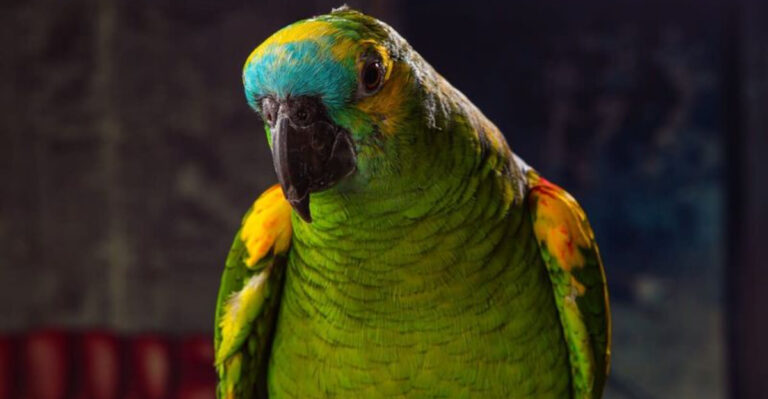10 Natural Cat Behaviors You Should Embrace (And 5 To Be Cautious About)
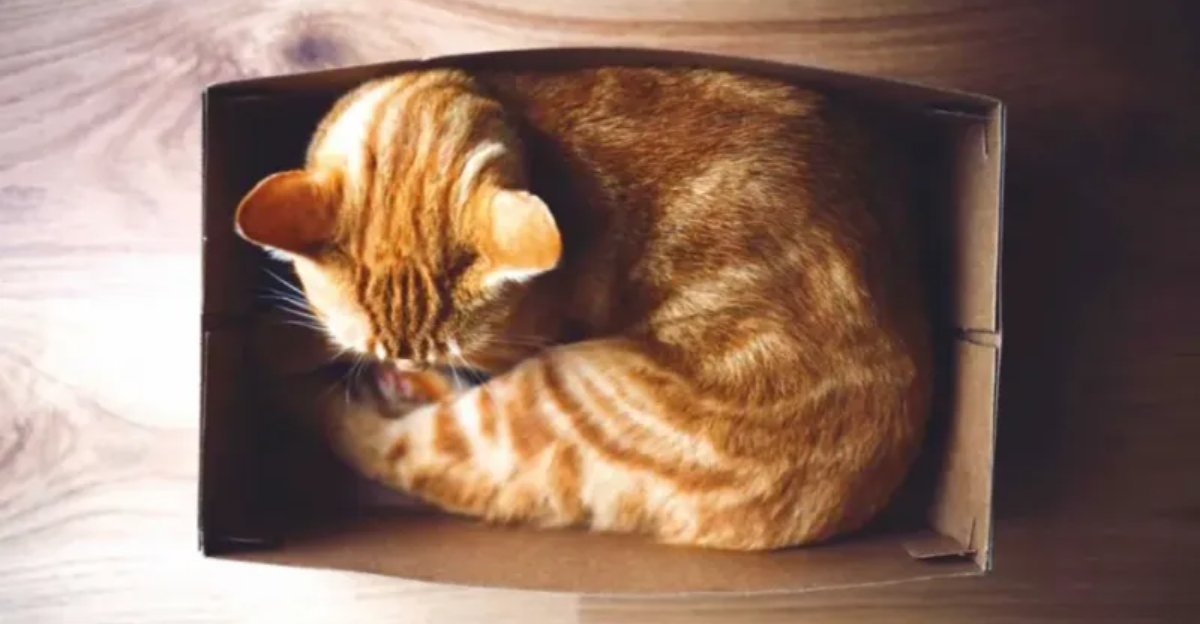
Cats are fascinating creatures with unique behaviors that have evolved over thousands of years. Understanding why your feline friend does certain things can help strengthen your bond and make your home more harmonious.
From adorable kneading to concerning spraying, let’s explore which natural cat behaviors to celebrate and which ones might need some attention.
1. Kneading
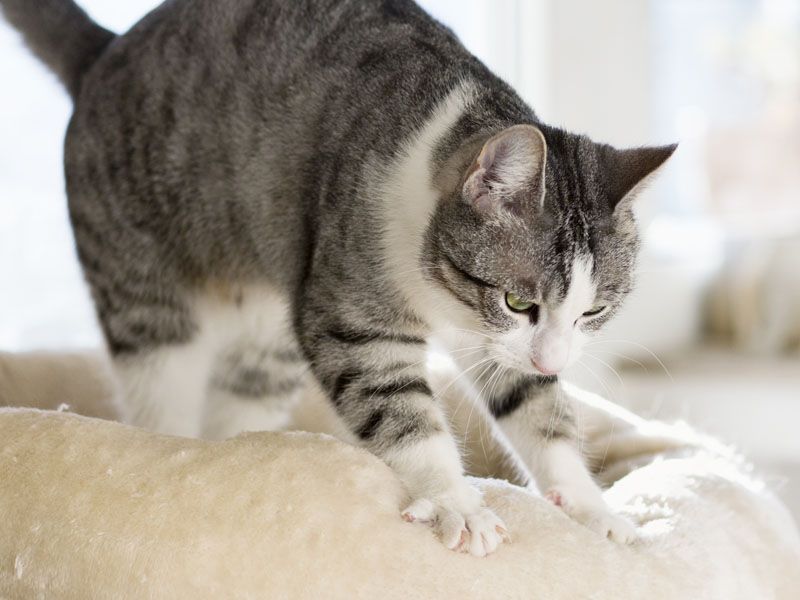
Remember when your kitten first pressed those tiny paws against you rhythmically? Kneading starts in kittenhood to stimulate milk flow from mom.
As adults, cats continue this behavior when they’re happy and comfortable. Your lap becoming their personal dough project is actually a huge compliment—they’re marking you as safe and showing deep contentment.
2. Purring

That magical rumble from your cat’s chest isn’t just for happy moments. Cats also purr when injured or stressed as a self-soothing mechanism.
The vibration frequency (between 25-150Hz) can promote tissue healing and bone repair. When your cat curls up and starts their engine, they’re not only expressing happiness but potentially healing their bodies!
3. Scratching
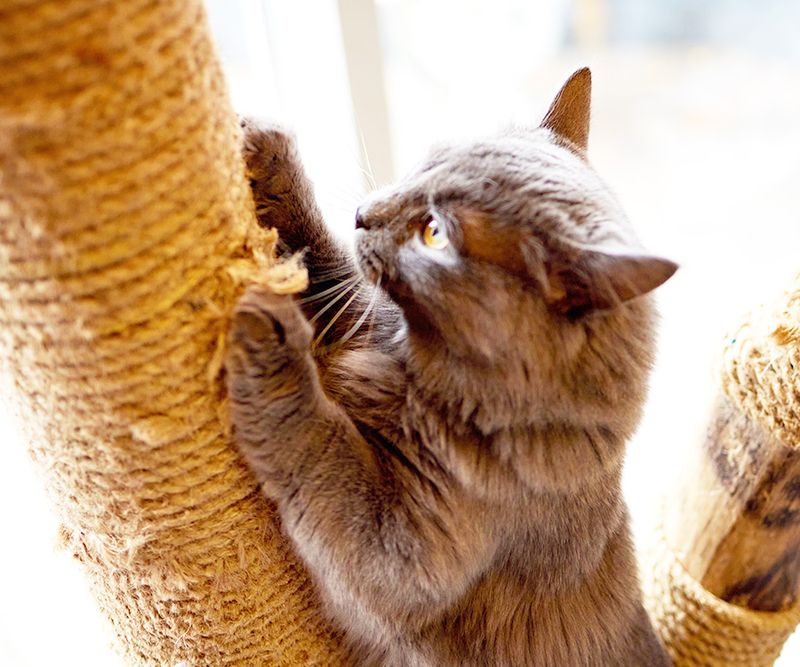
Your furniture isn’t under attack—your cat is just following natural instincts! Scratching removes dead outer layers from claws and exercises important muscles.
It also deposits scent markers from paw glands, creating territorial signposts. Provide tall scratching posts near favorite nap spots and doorways to redirect this essential behavior away from your couch.
4. Chasing
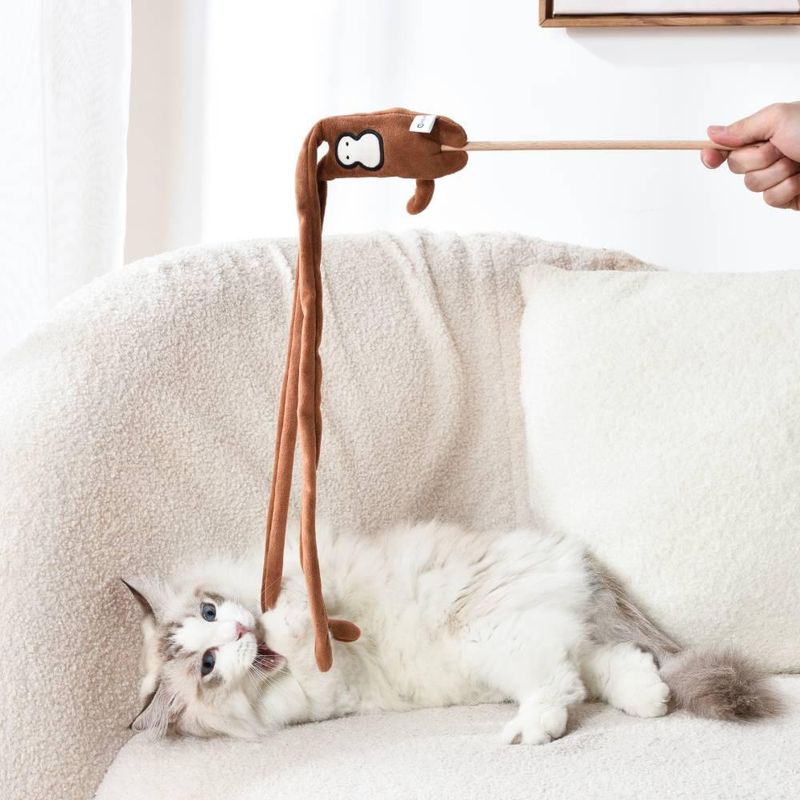
When your cat zooms after toy mice or string, they’re channeling ancient hunting skills. This behavior keeps their reflexes sharp and provides crucial mental stimulation.
Cats who don’t get to chase regularly may become bored or frustrated. Interactive play sessions with wand toys mimic prey movements perfectly, satisfying their predatory circuits while strengthening your bond.
5. Hunting And Stalking
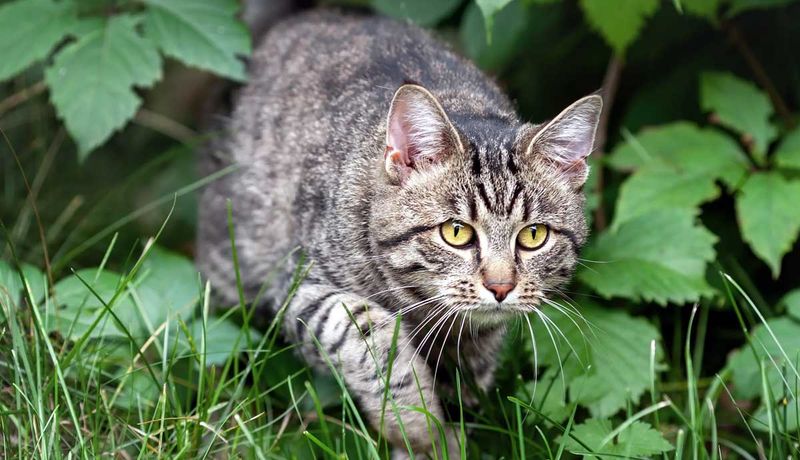
Those wiggling hips before pouncing? Pure predator programming! Domestic cats retain complex hunting sequences: stalk, ambush, pounce, and bite.
Even well-fed kitties need to express these hardwired behaviors. Hide treats around your home or invest in puzzle feeders that make them “work” for food. These enrichment activities satisfy deep psychological needs while keeping your cat mentally sharp.
6. Sleeping In Sunbeams
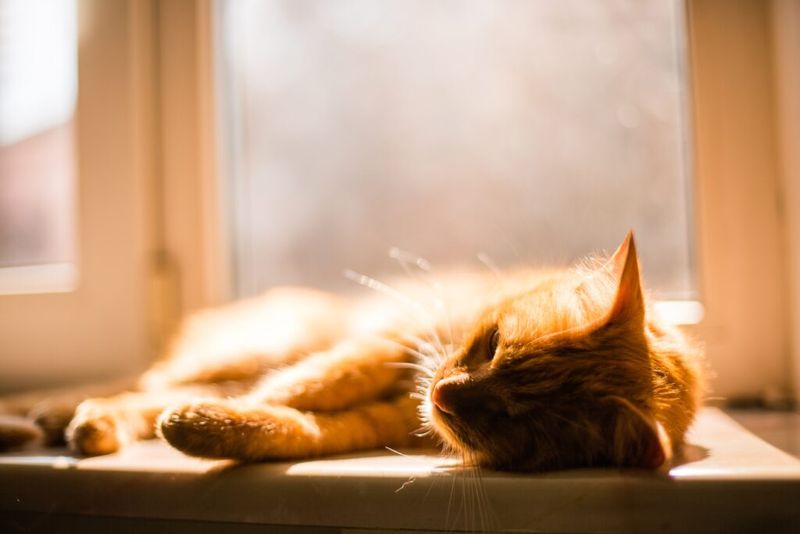
Your cat’s sunbathing habit isn’t just adorable—it’s smart energy conservation! Cats maintain a higher body temperature than humans and sunlight helps them stay warm without burning calories.
This behavior also helps regulate their circadian rhythms and vitamin D production. Creating accessible sunny spots with comfortable perches allows them to follow the sun’s path throughout your home.
7. Head-Butting (Bunting)

That gentle bump against your hand or face is your cat’s version of a loving embrace. When cats bunt, they’re depositing facial pheromones from special glands onto you.
This scent-marking ritual means they consider you family! It’s a display of trust and affection that creates a communal scent profile. When your cat headbutts you, they’re essentially saying, “You’re my person.”
8. Litter Box Digging
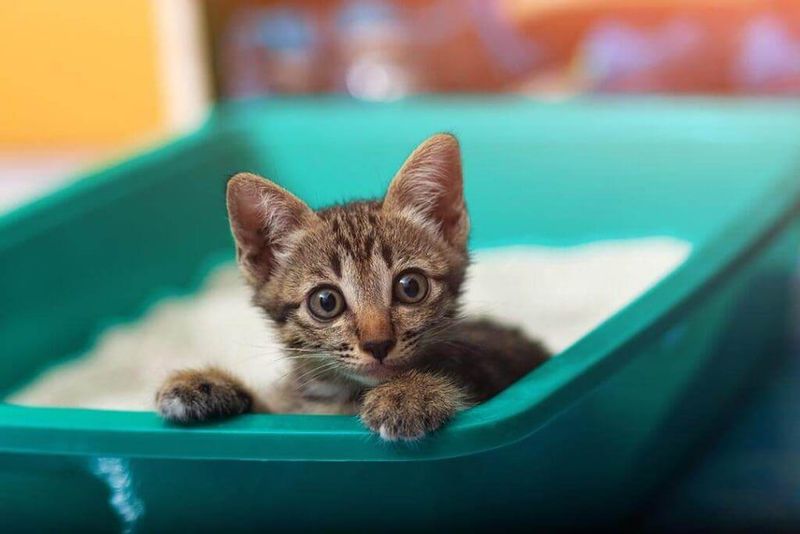
Those enthusiastic digging sessions in the litter box aren’t your cat being fussy—they’re following ancient instincts to hide waste from predators. Wild cats bury their waste to avoid detection.
Providing a spacious litter box with adequate depth allows this natural behavior to flourish. If your cat suddenly stops digging or avoids the box entirely, it might signal a health concern.
9. Social Grooming
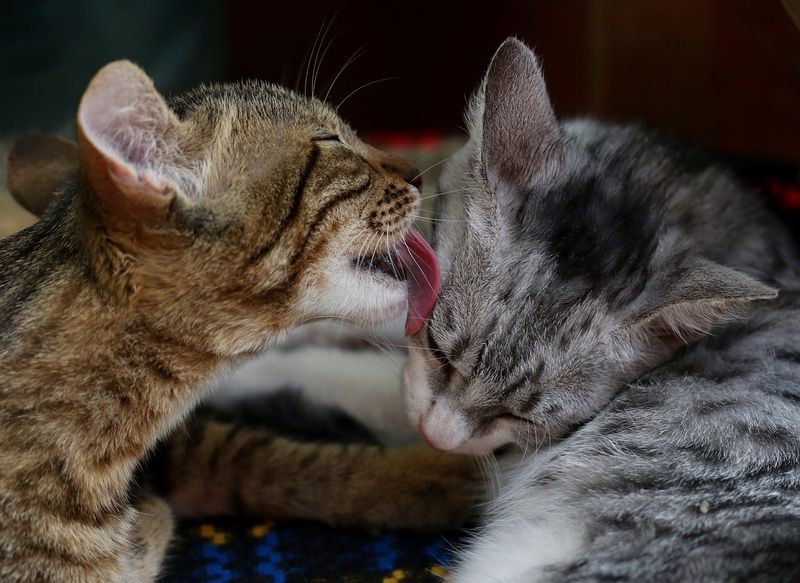
When cats lick each other (or you), they’re building social bonds through a ritual called allogrooming. This behavior establishes trust and reinforces family connections.
The rough texture of a cat’s tongue also removes parasites and distributes natural oils through fur. When your cat grooms you, they’re treating you as part of their colony—the ultimate feline compliment!
10. Sleeping In Tight Spaces
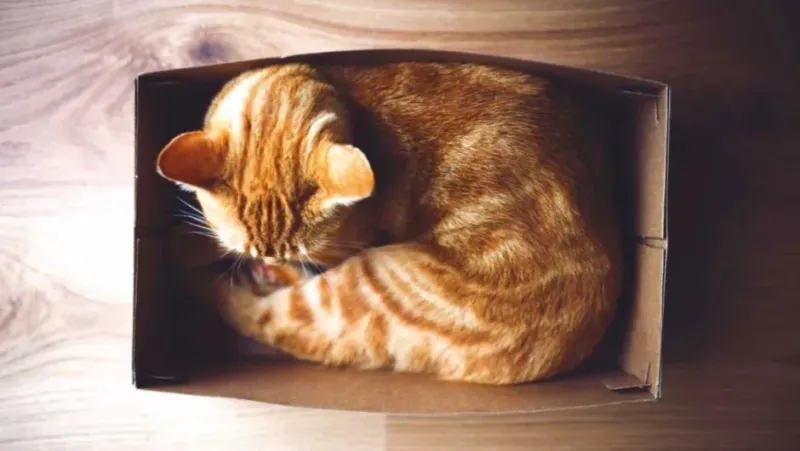
Finding your cat squeezed into a tiny box or drawer isn’t just cute—it’s evolutionary! Small spaces provide security against potential predators and conserve body heat.
The pressure against their bodies also releases calming endorphins. Creating cozy hideaways around your home with small beds, covered spaces, or cat caves helps satisfy this deep security need while reducing stress.
11. Excessive Grooming

While regular grooming keeps cats clean, obsessive licking that creates bald patches or irritated skin signals trouble. This behavior often stems from allergies, pain, or psychological distress.
Cats may over-groom when anxious or bored. Watch for patterns—does it happen after certain triggers? Consult your vet if you notice hair loss or skin damage from excessive grooming.
12. Biting
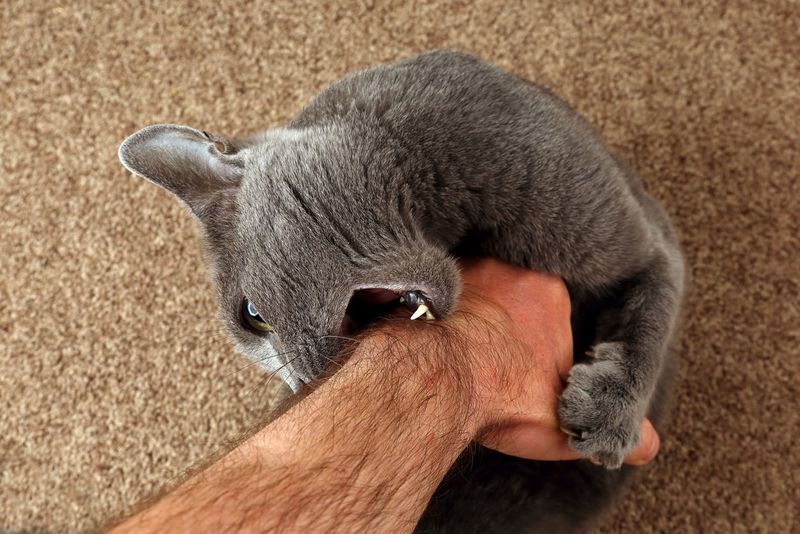
Not all cat bites are created equal! Playful nips during games differ from overstimulation bites that happen when petting sessions become too intense.
Cats have sensitive nerve endings that can become overloaded. Learn to recognize the warning signs: twitching tail, flattened ears, or skin rippling. Redirecting to appropriate toys and respecting these signals prevents painful encounters.
13. Spraying
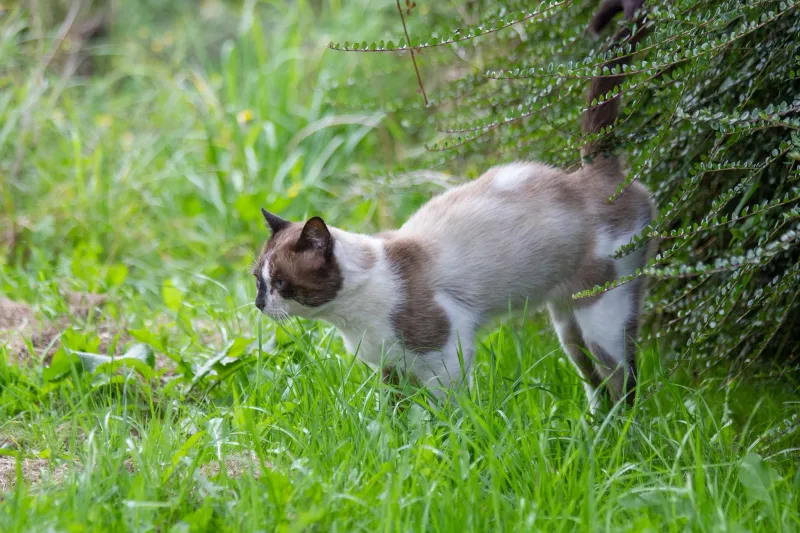
That distinctive vertical marking with strong-smelling urine serves a purpose in cat communication—it’s like a territorial billboard! Unneutered males are most prone to spraying, though females and neutered cats may also mark during stress.
Multiple cat households often experience spraying due to competition. Early neutering, pheromone diffusers, and reducing territorial threats can help manage this challenging behavior.
14. Aggression Towards Other Pets

Cats are naturally territorial creatures with complex social hierarchies. When forced to share space, some cats display aggression through hissing, swatting, or ambushing other pets.
This behavior often stems from resource guarding or fear rather than meanness. Creating multiple resource stations (feeding areas, litter boxes, perches) throughout your home helps reduce competition and allows peaceful coexistence.
15. Overeating Or Begging For Food

Those big pleading eyes at mealtime tap into our nurturing instincts, but giving in can lead to serious health issues. Cats evolved as opportunistic eaters who consumed small prey throughout the day.
Indoor cats often eat from boredom rather than hunger. Puzzle feeders, timed automatic feeders, and multiple small meals help satisfy natural foraging instincts while preventing obesity-related conditions like diabetes.

